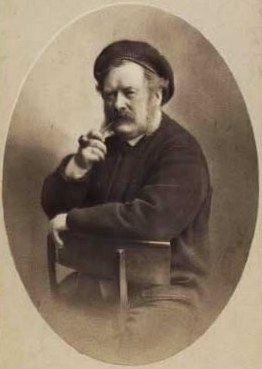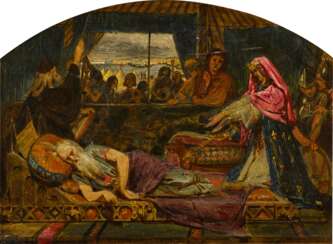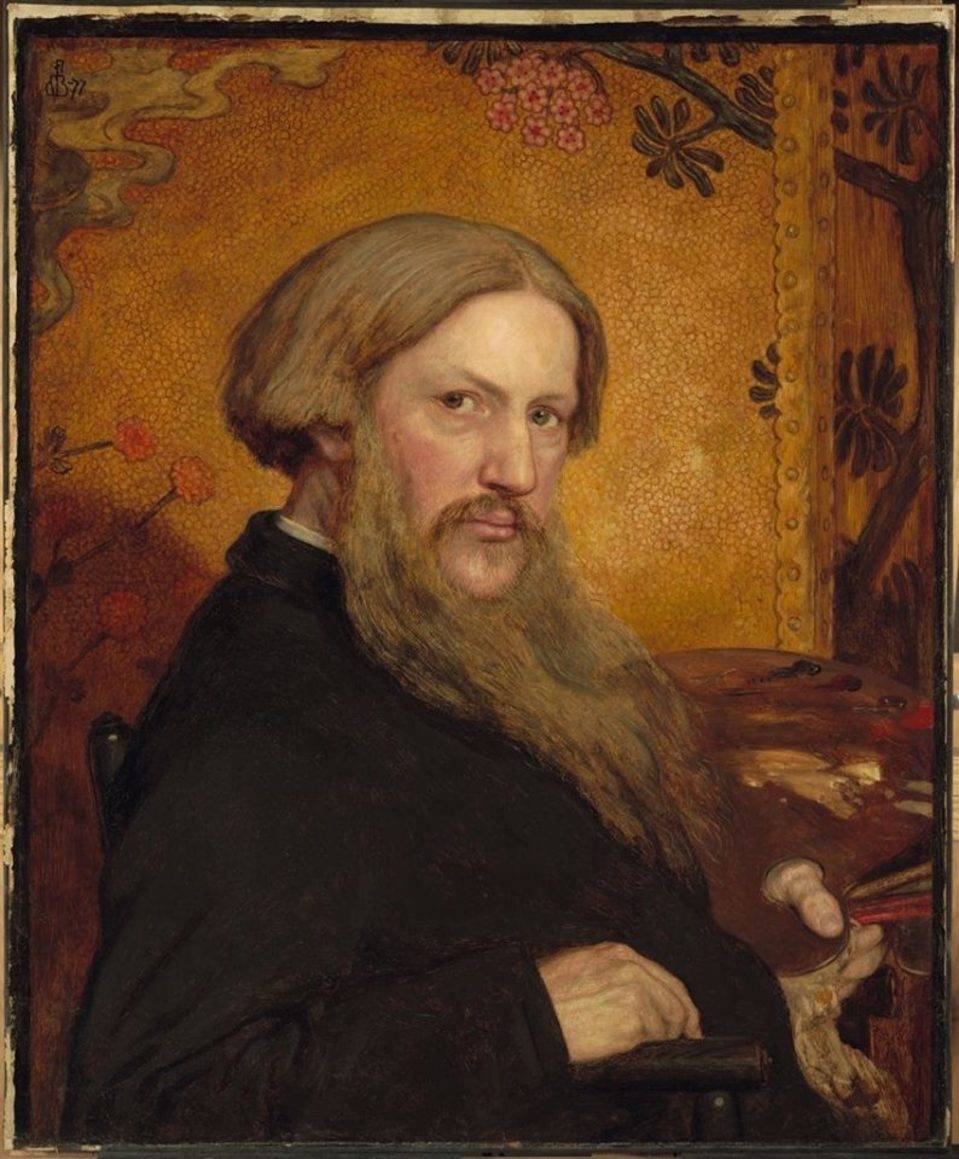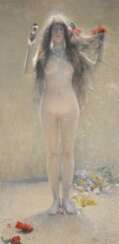
Painting — European & British Art, Part I
.jpg)
Lawrence Alma-Tadema was a Dutch-British artist renowned for his detailed and romanticized portrayals of ancient civilizations, particularly Rome and Egypt. His meticulous attention to historical accuracy and the lavish representation of marble and luxurious settings distinguished his work. Notably, his fascination with ancient cultures was sparked by his honeymoon visit to Italy and Pompeii, influencing his artistic focus for decades.
Lawrence Alma-Tadema's early work, such as "The Education of the Children of Clovis," showcased his interest in historical subjects and established his reputation. This painting, alongside others like "The Sad Father," demonstrates his commitment to historical detail and narrative depth.
After moving to England due to the Franco-Prussian War and personal reasons, Lawrence Alma-Tadema's career flourished. His works, characterized by their bright palette and refined details, resonated with Victorian audiences, earning him considerable fame and financial success. He was knighted in 1899 and continued to be a pivotal figure in Victorian art, influencing peers and future generations alike.
Lawrence Alma-Tadema's legacy experienced a decline posthumously but saw a resurgence in the 1970s. Today, he is celebrated for his contributions to the Neoclassical and Victorian art movements, with his works featured in prominent collections worldwide, including the Getty Museum and the Tate Gallery.
If you are fascinated by Lawrence Alma-Tadema's artwork and wish to stay updated on sales and auction events related to his works, consider signing up for updates. This will ensure you remain informed about new opportunities to explore and possibly acquire pieces of his illustrious legacy.
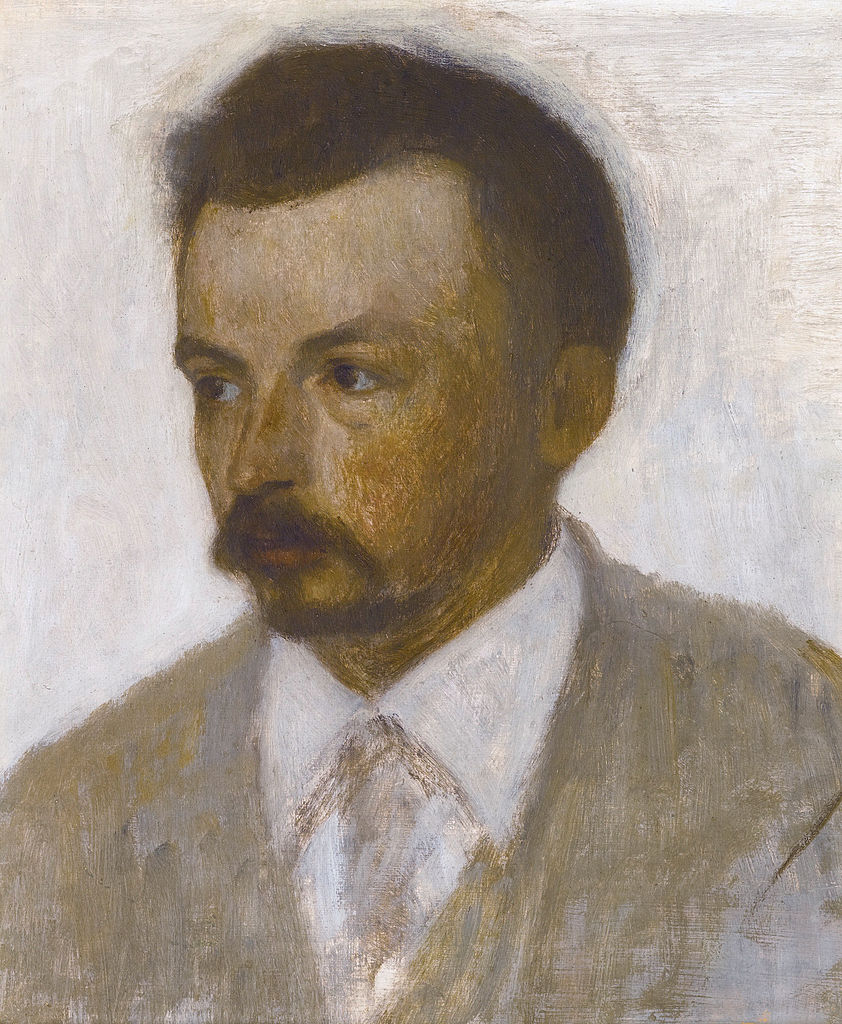
Vilhelm Hammershøi was a Danish painter of predominantly interiors, a representative of the Symbolist movement.
Vilhelm studied at the Royal Danish Academy of Fine Arts in Copenhagen, and a few years later at the 1889 World Exhibition in Paris, four of his paintings were exhibited in the Danish pavilion. Hammershøi was the last significant painter in nineteenth-century Danish art. He painted against a background of contemporary experience, but his painting never deviated from the basic rules of Danish Golden Age paintings.
At first his motifs alternated between figure and landscape painting, and later Hammershøi became truly an interior painter. Rooms became a constant source of subjects for him, and the walls and windows that form the boundary to the world almost literally became the backdrop for his paintings. People in his paintings, if present, then as silent statues, completely immersed in their thoughts. All his works, whether portraits, interiors or landscapes, are full of silence, peace and melancholy.

Vilhelm Hammershøi was a Danish painter of predominantly interiors, a representative of the Symbolist movement.
Vilhelm studied at the Royal Danish Academy of Fine Arts in Copenhagen, and a few years later at the 1889 World Exhibition in Paris, four of his paintings were exhibited in the Danish pavilion. Hammershøi was the last significant painter in nineteenth-century Danish art. He painted against a background of contemporary experience, but his painting never deviated from the basic rules of Danish Golden Age paintings.
At first his motifs alternated between figure and landscape painting, and later Hammershøi became truly an interior painter. Rooms became a constant source of subjects for him, and the walls and windows that form the boundary to the world almost literally became the backdrop for his paintings. People in his paintings, if present, then as silent statues, completely immersed in their thoughts. All his works, whether portraits, interiors or landscapes, are full of silence, peace and melancholy.
.webp)
Edvard Munch, a renowned Norwegian painter and graphic artist, left an indelible mark on the world of art with his emotionally charged and symbolically rich compositions. Born on December 12, 1863, in Løten, Norway, Munch's work is emblematic of the Expressionist and Symbolist movements, through which he explored complex themes of life, death, fear, love, and anxiety. His most famous painting, "The Scream," conceived during a walk at sunset when Munch experienced an intense emotional episode, has become a universal symbol of human anxiety and existential dread.
Munch's upbringing was marred by illness, bereavement, and the fear of inheriting mental illness, themes that deeply influenced his artistic expression. This personal turmoil, coupled with his encounters with the works of Paul Gauguin, Vincent van Gogh, and Henri de Toulouse-Lautrec in Paris, and his association with the radical intellectual circle in Kristiania (now Oslo), propelled Munch to depict his own psychological and emotional states through his art. These experiences culminated in "The Frieze of Life," a series of works exploring the depths of human emotion and experience.
Throughout his career, Munch's art was met with both controversy and acclaim. His early works, characterized by their bold use of color and innovative exploration of psychological themes, sparked debate and scandal, particularly in Berlin where his first solo exhibition was closed prematurely. However, this controversy only served to increase Munch's fame and influence, particularly within the German Expressionist movement.
Later in life, after a nervous breakdown in 1908, Munch's style evolved towards a brighter palette and more optimistic themes, reflecting his recovery and a newfound interest in portraying the Norwegian landscape and rural life. Despite the challenges he faced, including the Nazi occupation of Norway during which many of his works were deemed "degenerate," Munch's legacy as a pioneer of Expressionism remained unshaken. He died on January 23, 1944, leaving behind a body of work that continues to resonate with audiences for its profound emotional depth and raw, unfiltered exploration of the human condition.
For collectors and art and antiques experts, Munch's works not only represent significant artistic achievements but also embody the tumultuous journey of an artist who used his canvas to navigate and make sense of the complexities of human emotion and existence. His paintings, many of which are displayed in museums and galleries around the world, continue to captivate and inspire.
To stay informed on new sales, auction events, and exhibitions related to Edvard Munch, sign up for updates. This subscription is a valuable resource for those keen on expanding their collection and knowledge of one of the most influential figures in modern art.
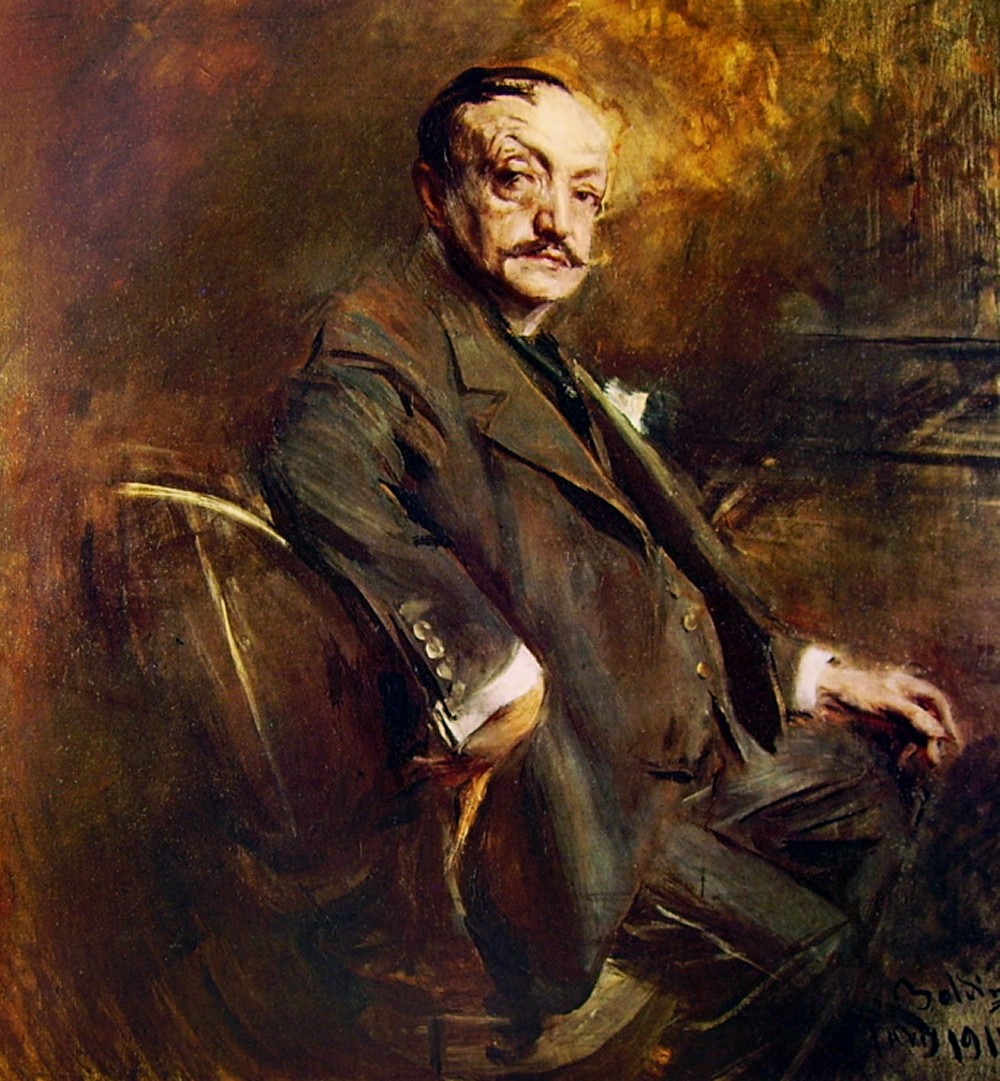
Giovanni Boldini was an Italian genre and portrait painter who lived and worked in Paris for most of his career. According to a 1933 article in Time magazine, he was known as the "Master of Swish" because of his flowing style of painting.
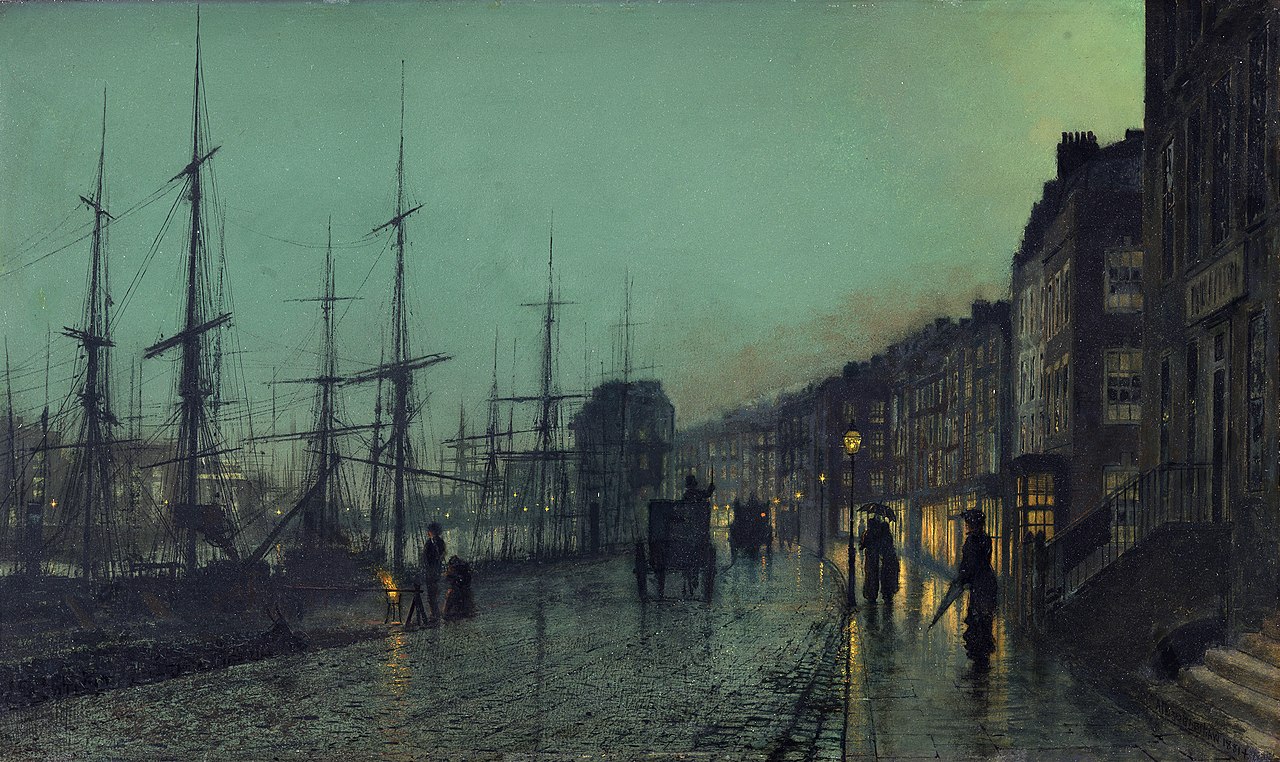
John Atkinson Grimshaw was an English Victorian-era artist best known for his nocturnal scenes of urban landscapes. He was called a «remarkable and imaginative painter» by the critic and historian Christopher Wood in Victorian Painting (1999).
Grimshaw's love for realism stemmed from a passion for photography, which would eventually lend itself to the creative process. Though entirely self-taught, he is known to have used a camera obscura or lenses to project scenes onto canvas, which made up for his shortcomings as a draughtsman and his imperfect knowledge of perspective. This technique, which Caravaggio and Vermeer may also have used, was condemned by a number of his contemporaries who believed it demonstrated less skill than painting by eye, with some claiming that his paintings appeared to «show no marks of handling or brushwork», while others "were doubtful whether they could be accepted as paintings at all". However, many recognised his mastery of colour, lighting and shadow, as well as his unique ability to provoke strong emotional responses in the viewer. James McNeill Whistler, who Grimshaw worked with in his Chelsea studios, stated, «I considered myself the inventor of nocturnes until I saw Grimmy's moonlit pictures».
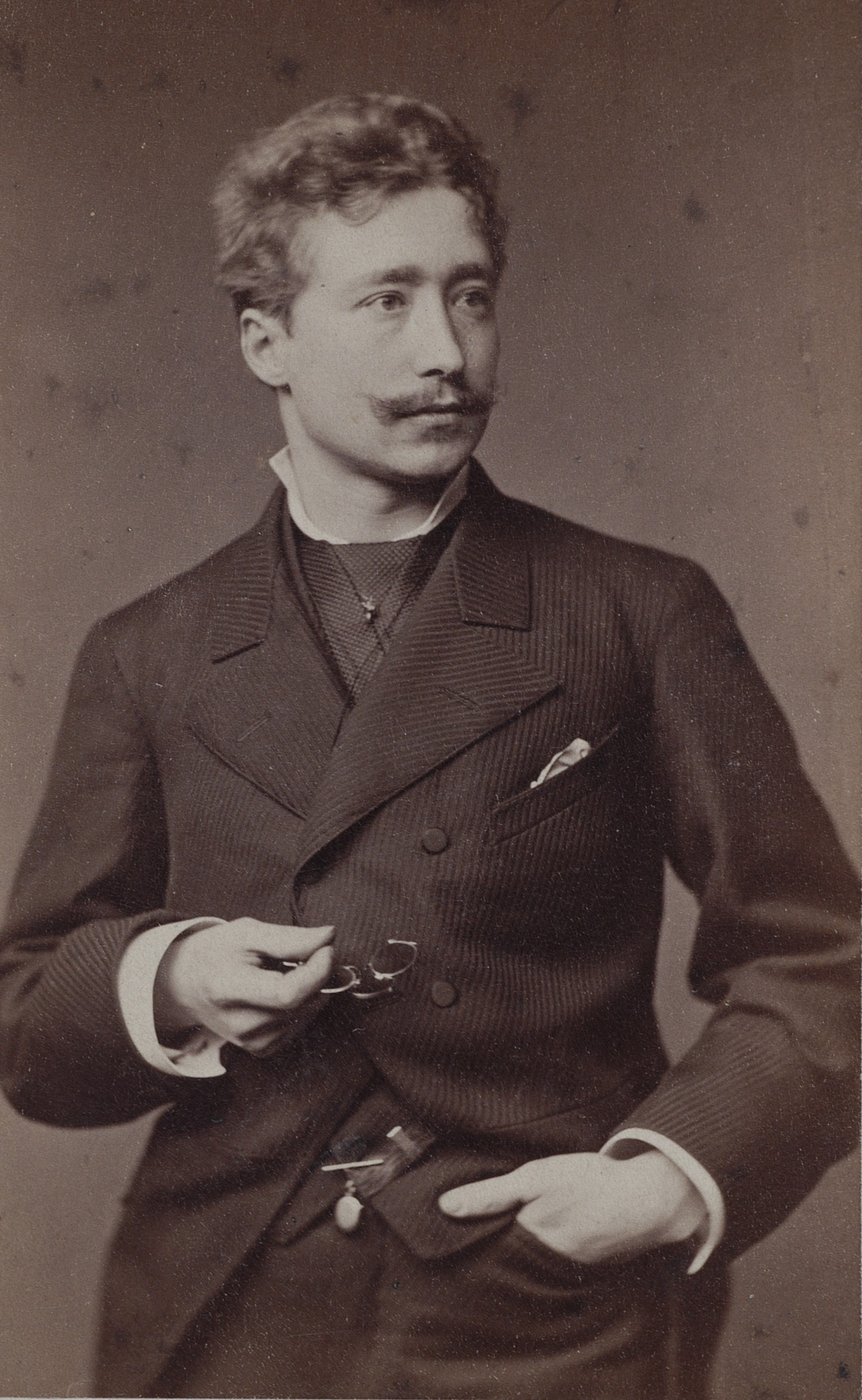
Alfred Jan Maksymilian Kowalski (Alfred Wierusz-Kowalski) was a Polish painter and representative of the Munich School.
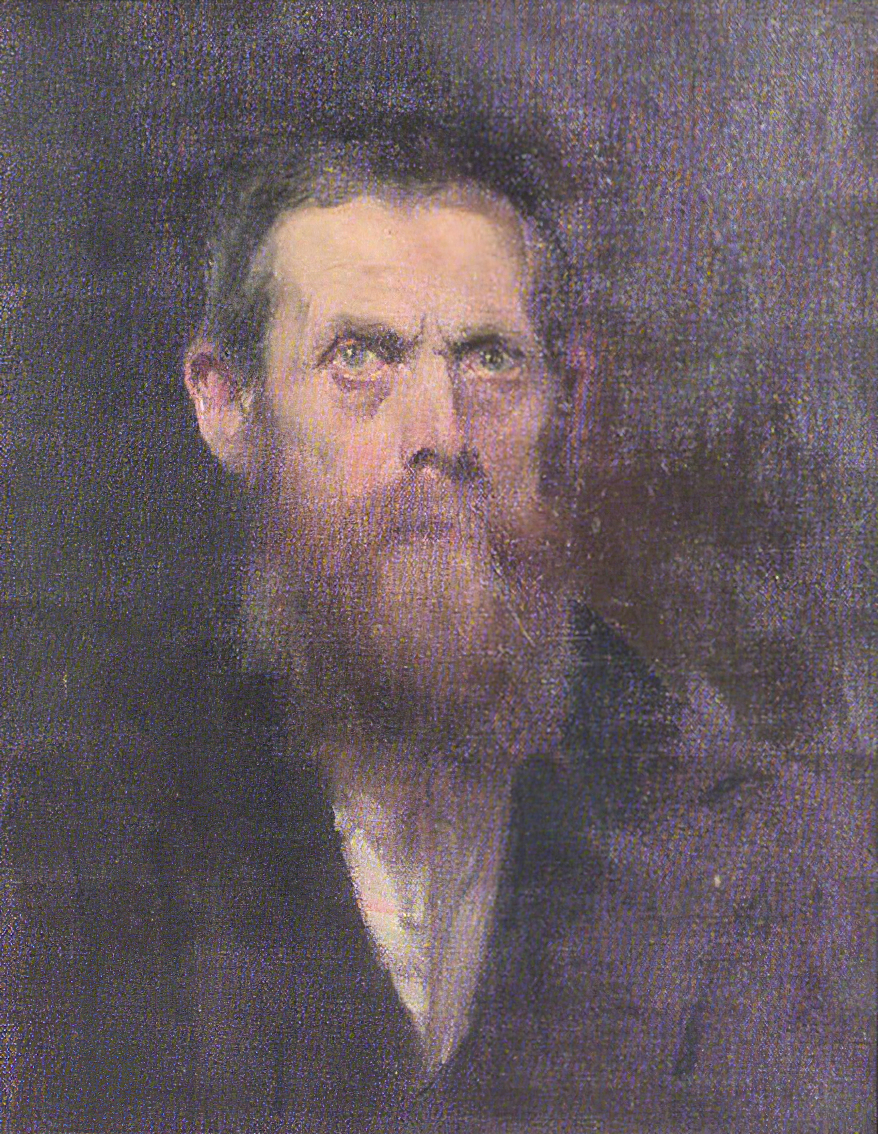
Eugène de Blaas was an Italian painter in the school known as Academic Classicism.
Eugene de Blaas' paintings were exhibited at the Royal Academy, Fine Art Society, New Gallery and Arthur Tooth and Sons Gallery in London, and also at the Walker Art Gallery in Liverpool.
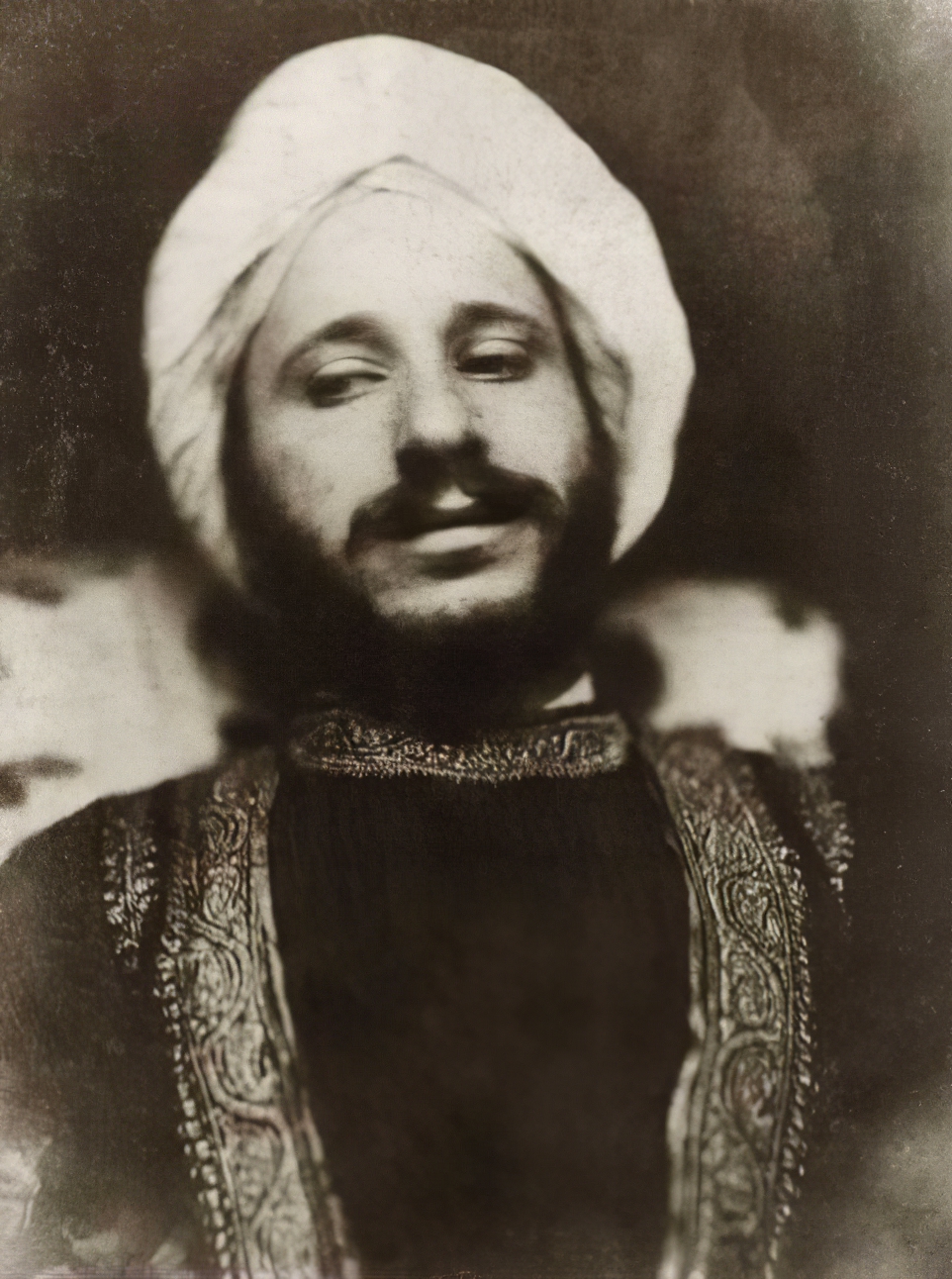
Simeon Solomon was a British painter associated with the Pre-Raphaelites who was noted for his depictions of Jewish life and same-sex desire. His career was cut short as a result of public scandal following his arrests and convictions for attempted sodomy in 1873 and 1874.
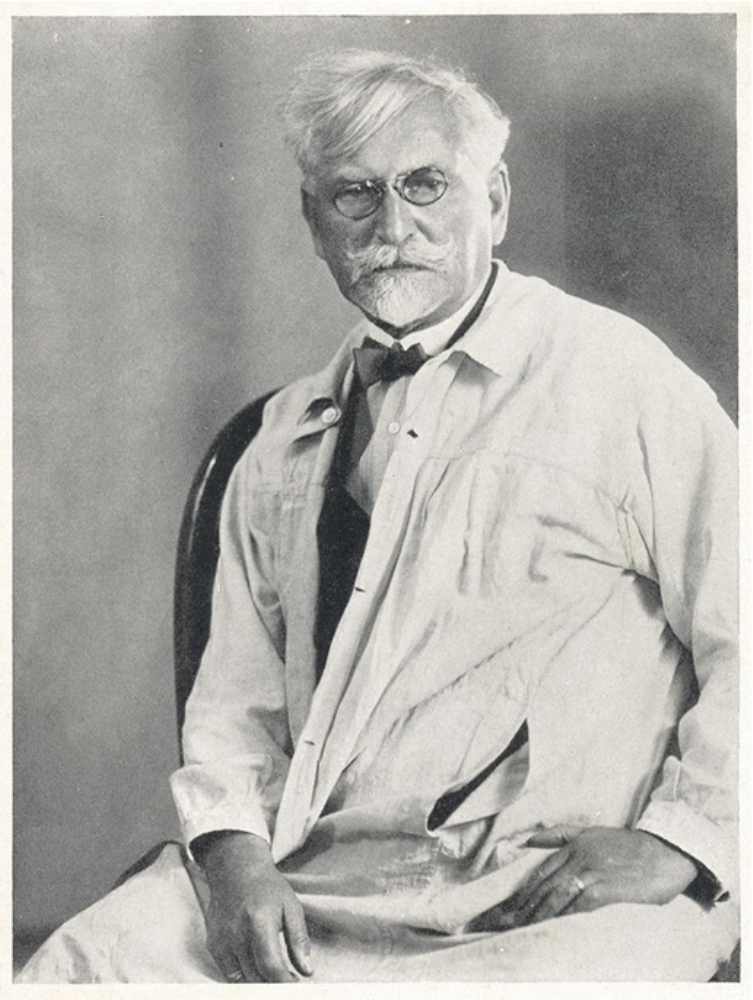
Alfons Maria Mucha, a Czech Art Nouveau painter and decorative artist, was celebrated for his innovative contributions to art, particularly his distinctive style that became synonymous with the Art Nouveau movement. Born in 1860 in the Moravian town of Ivancice, Mucha exhibited artistic talent from a young age, initially showing a proclivity for drawing and music, which were closely intertwined in his perception of creative expression. Despite early financial and educational hurdles, Mucha's passion for art led him to Vienna and subsequently Munich, where he honed his skills and absorbed influences that would shape his future work.
Mucha's career took a pivotal turn in Paris, where his poster for the actress Sarah Bernhardt's play "Gismonda" gained him immediate fame. This partnership with Bernhardt catalyzed a prolific period during which Mucha produced a flurry of artworks, including paintings, posters, and illustrations, as well as designs for jewelry, wallpaper, and theatre sets. His works are characterized by their depiction of beautiful young women in flowing robes, surrounded by lush, natural elements and often featuring pastel colors—a stark contrast to the bold hues preferred by his contemporaries.
Despite his commercial success, Mucha aspired for his art to convey a deeper spiritual message rather than merely adhering to the trendy Art Nouveau style. This led him to undertake projects that were more personal and culturally significant, such as "The Slav Epic"—a series of paintings celebrating Slavic history. Mucha's legacy is not only preserved in his diverse body of work but also in his influence on the aesthetic values of craftsmanship and design.
Collectors and experts in art and antiques continue to venerate Mucha for his unique ability to blend artistic beauty with cultural expression. His works, which are housed in museums and galleries worldwide, remain a testament to his vision and creativity.
For those keen on exploring the world of Alfons Maria Mucha further and staying updated on new sales and auction events related to his work, signing up for updates is an excellent way to ensure you never miss an opportunity to appreciate or acquire pieces related to this iconic artist. This subscription is tailored for collectors and art enthusiasts, focusing solely on new product sales and auction events concerning Mucha's legacy.
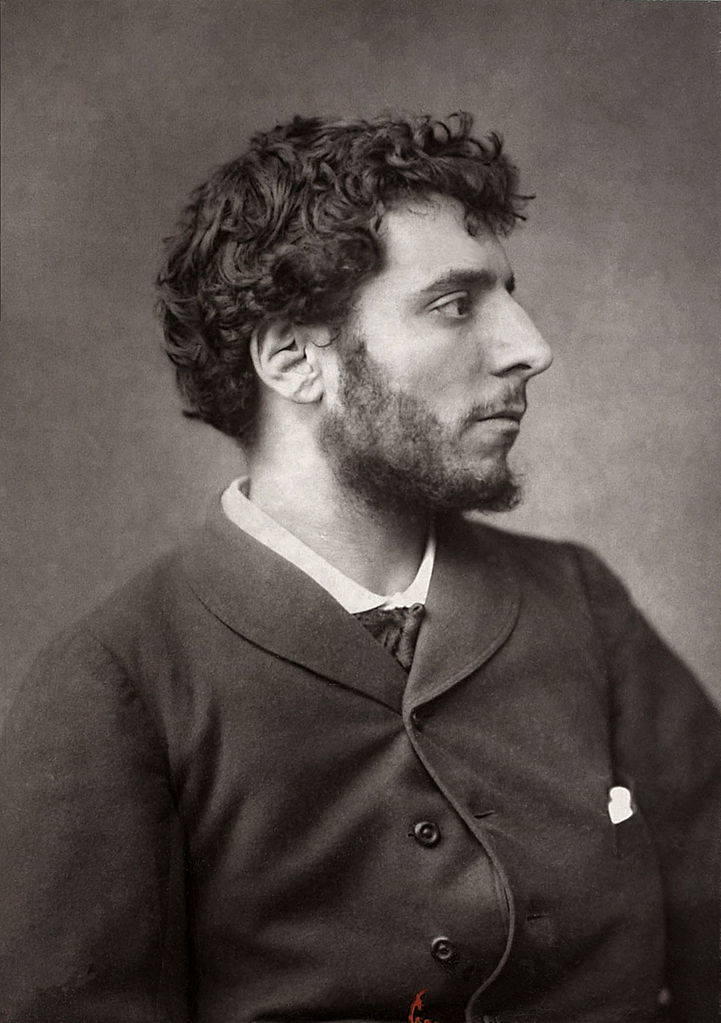
Henri-Jean Guillaume Martin was a French painter. Elected to the Académie des Beaux-Arts in 1917, he is known for his early 1920s work on the walls of the Salle de l'Assemblée générale, where the members of the Conseil d'État meet in the Palais-Royal in Paris. Other notable institutions that have featured his Post-Impressionist paintings in their halls through public procurement include the Élysée Palace, Sorbonne, Hôtel de Ville de Paris, Palais de Justice de Paris, as well as Capitole de Toulouse, although the Musée des Beaux-Arts de Bordeaux and Musée des Augustins also have sizeable public collections.
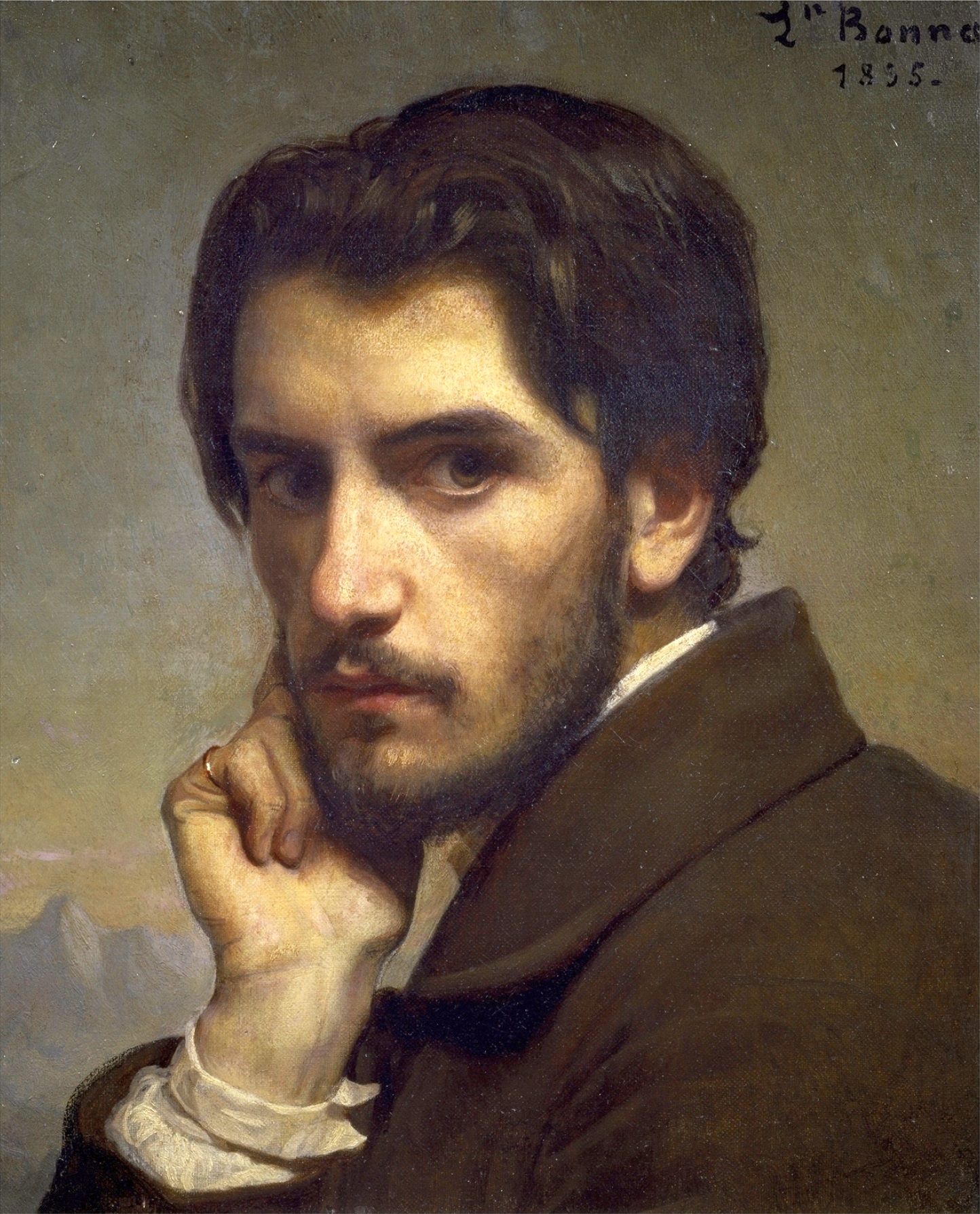
Léon Bonnat was a French academic painter renowned for his realistic and expressive portraits. Bonnat's early exposure to art came from his time in Madrid, where he developed a deep admiration for the works of Diego Velázquez, which significantly influenced his style.
Bonnat's artistry flourished in Paris, where his compelling portraits earned him accolades and recognition. He became a prominent figure at the Paris Salon, receiving his first public commission in 1863 and a Medal of Honor in 1869. His works include powerful religious paintings and portraits that captured the essence of his subjects with stark naturalism, distinct from the idealized finish typical of his era.
His teaching career at the Ecole des Beaux-Arts was equally distinguished. Bonnat was revered not just for his painting but also for his mentorship, guiding the next generation of artists, including Henri de Toulouse-Lautrec and Henri Matisse. He advocated for the freedom of artistic expression and encouraged his students to study masterworks directly, particularly advocating for trips to Madrid's Prado Museum.
Bonnat also assembled an exceptional collection of art, which he generously donated to the city of Bayonne. This collection included works from masters such as Rembrandt and Michelangelo, ensuring his legacy extended beyond his own creations.
His contributions to art were recognized with high honors, including the Grand Croix of the Legion of Honor. Bonnat's works continue to be celebrated for their technical prowess and emotional depth, residing in prestigious collections such as the Musée du Petit Palais and the Musée Bonnat.
For enthusiasts and collectors, Léon Bonnat’s work offers a glimpse into the soul of the French academic tradition and the evolution of portrait painting. Stay updated on exhibitions and sales featuring Bonnat's timeless art by signing up for our newsletter dedicated to bringing the latest news to art collectors and experts.


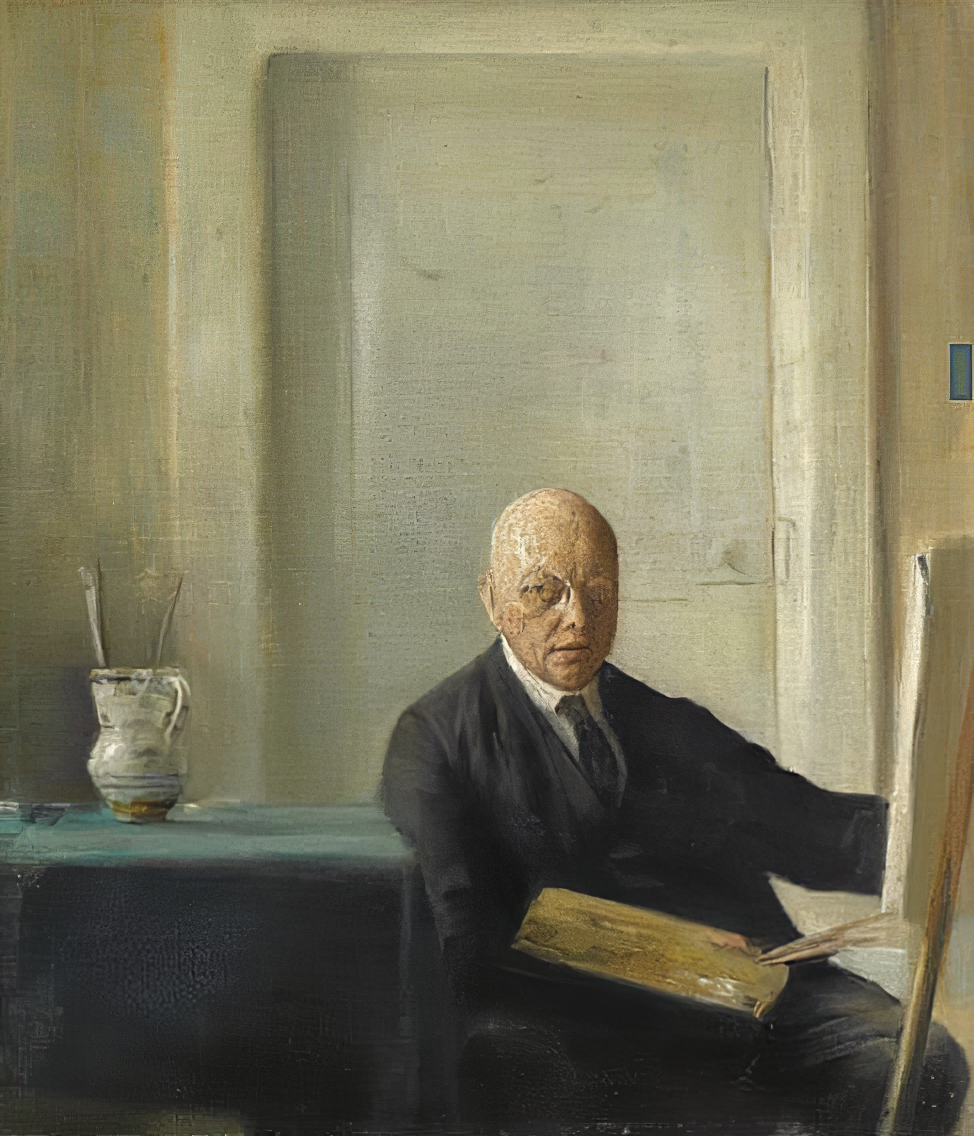








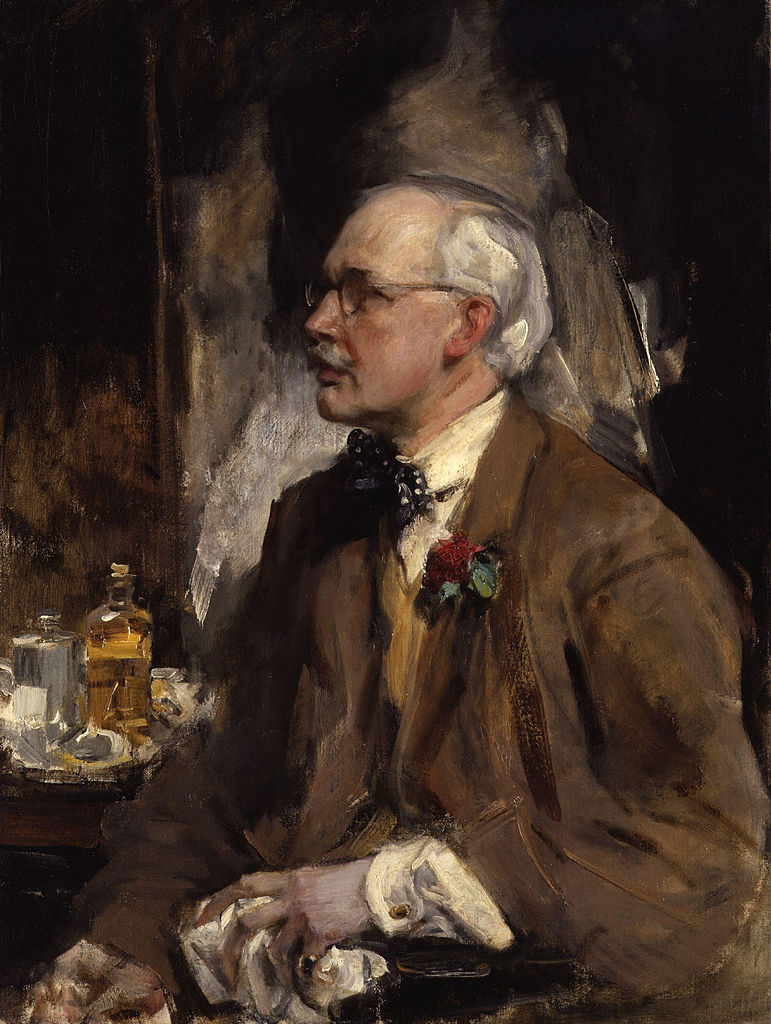


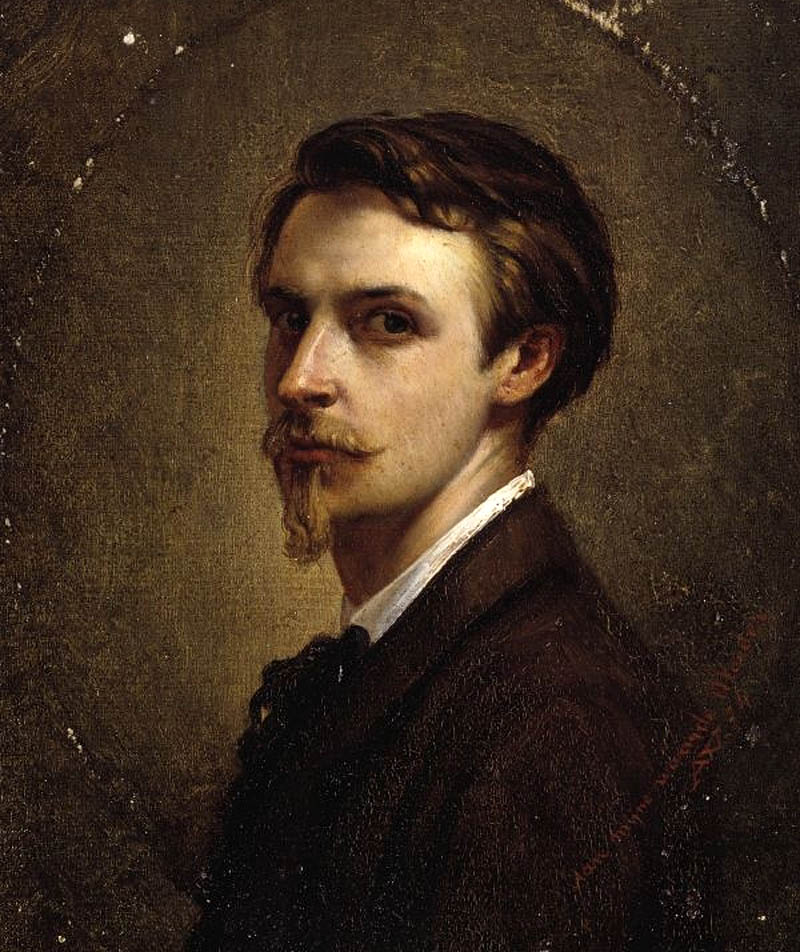


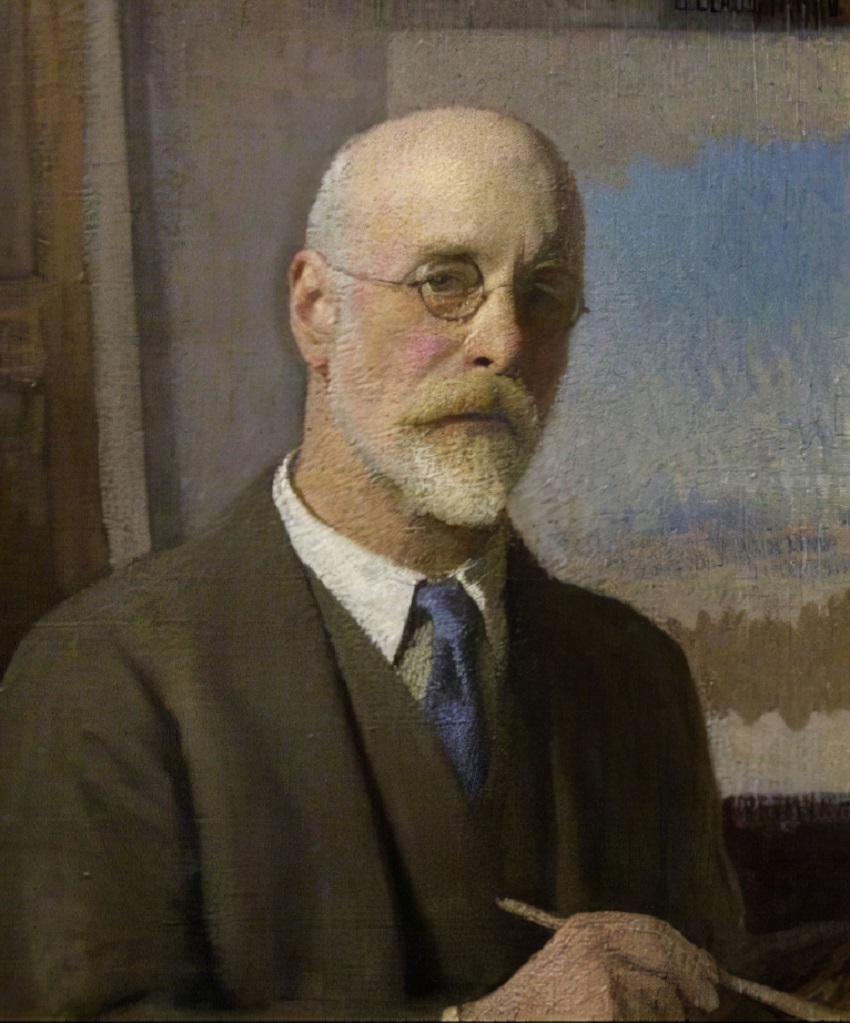






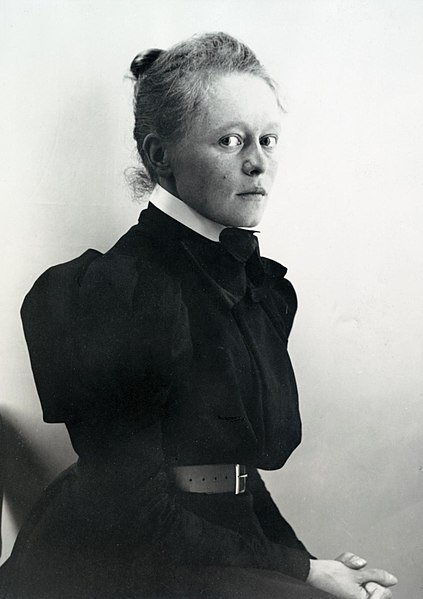
















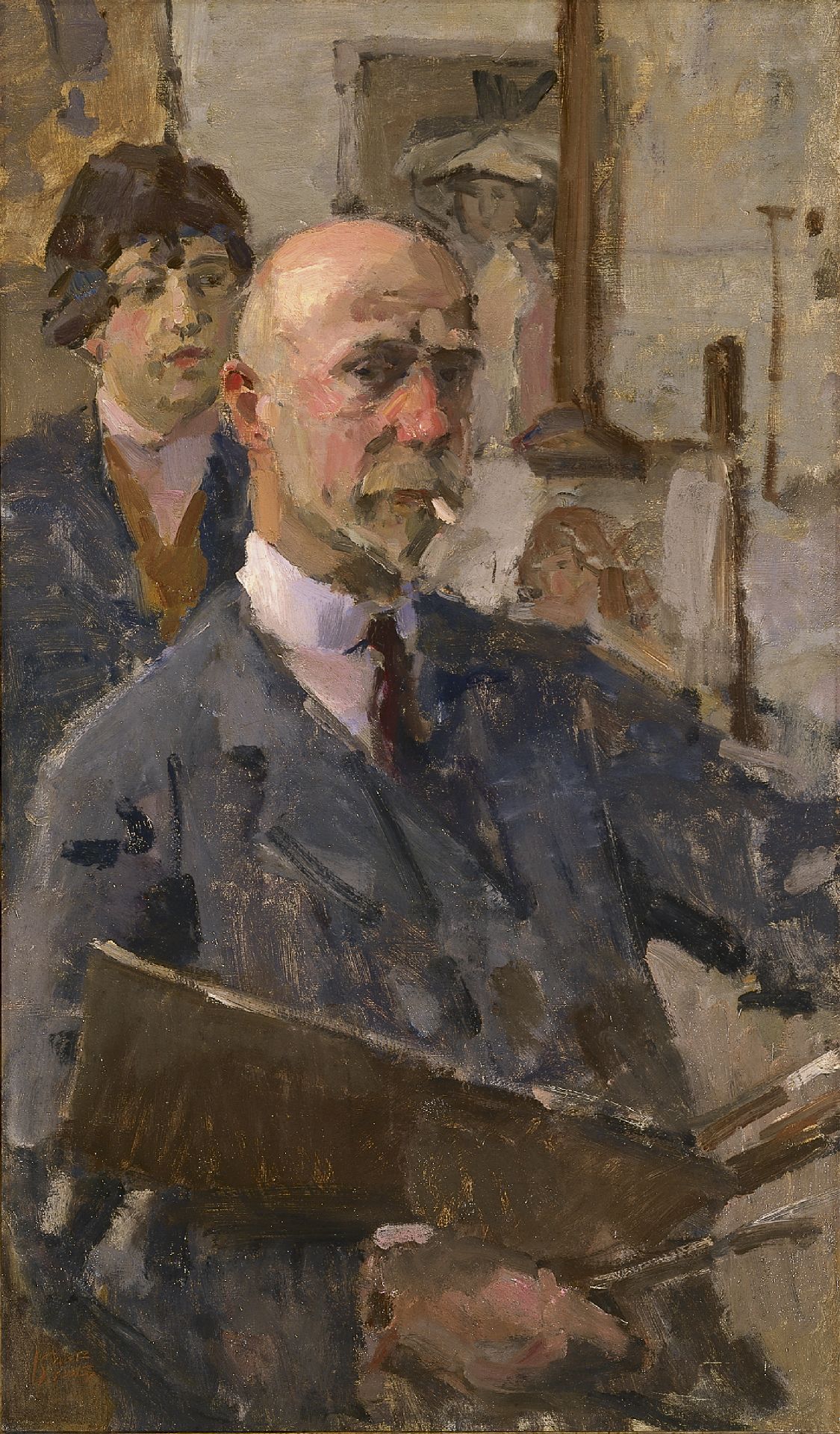


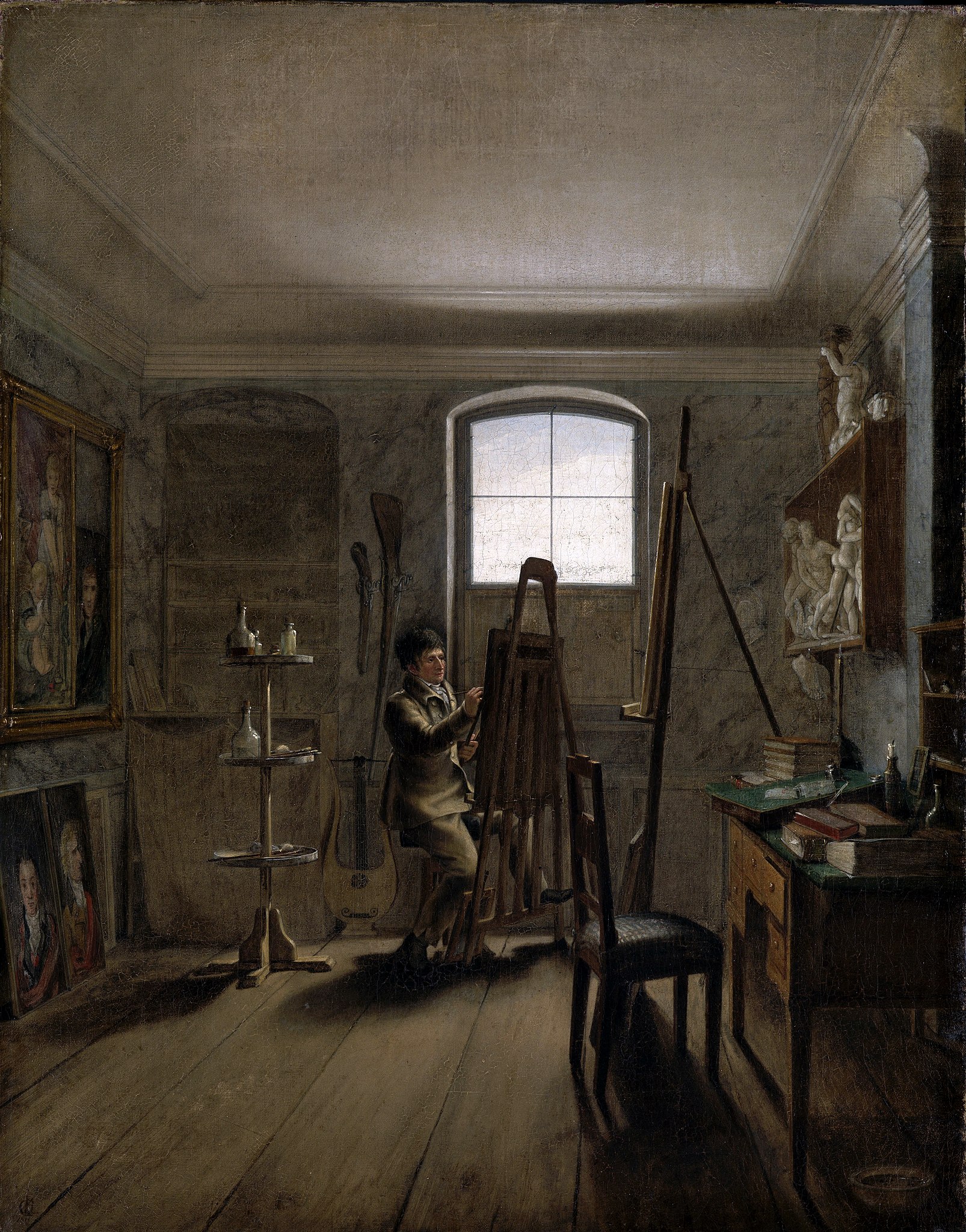


.webp)


